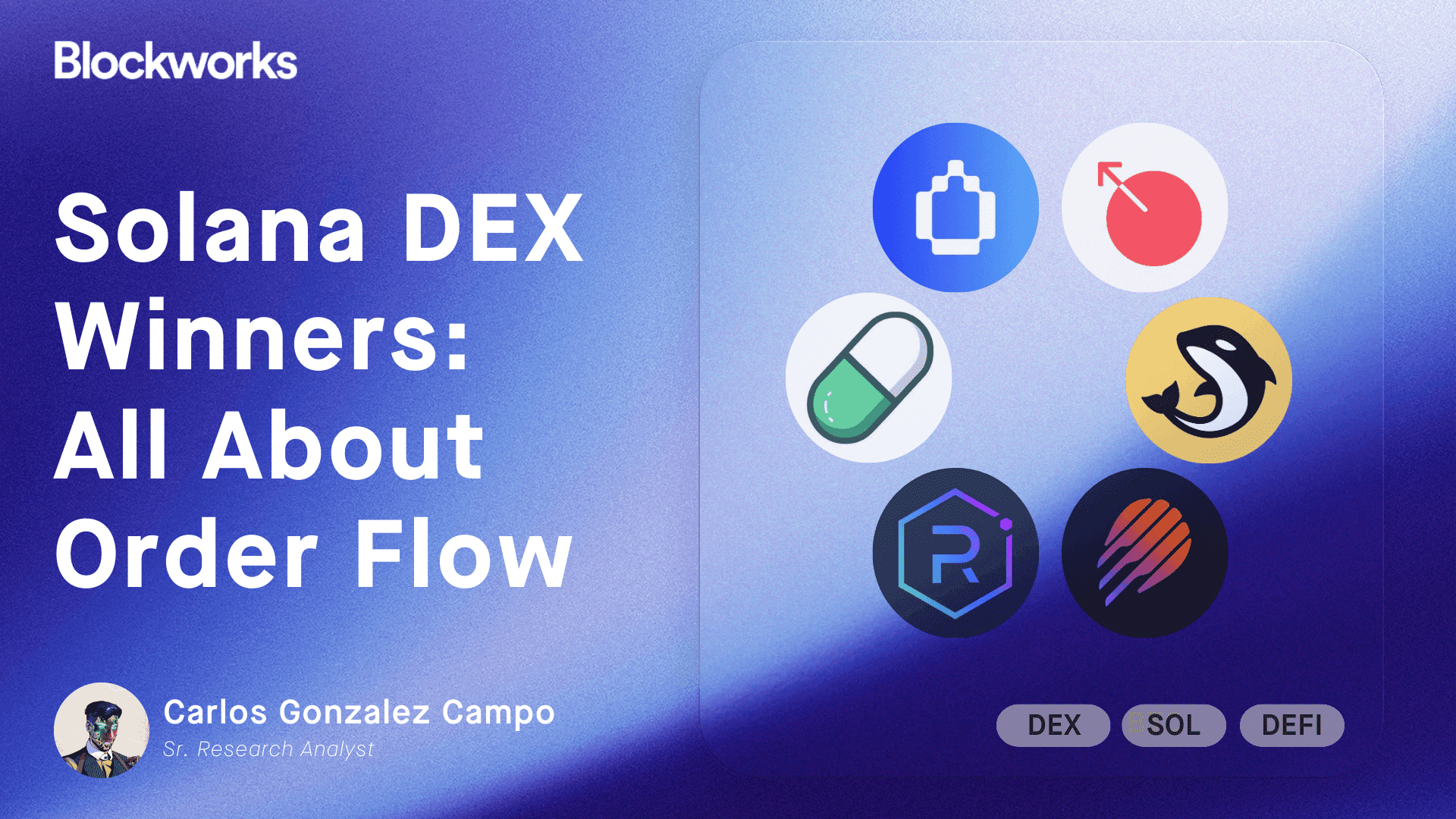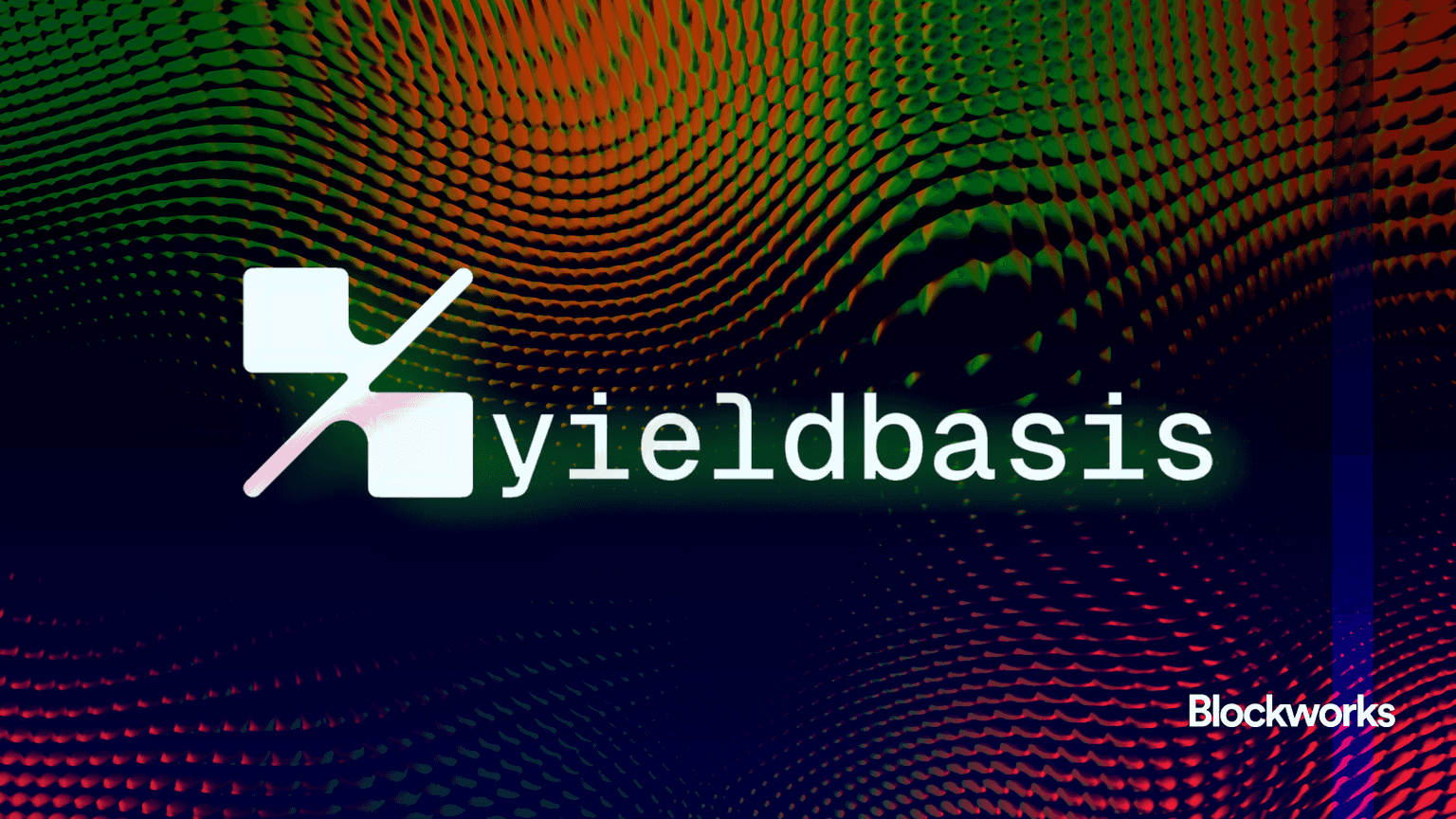Q&A: Restructuring Expert Talks Voyager Bankruptcy
It will be several months — not including time spent on litigation — before Voyager begins repaying its creditors

Source: Shutterstock and Voyager Digital
- It is unclear whether Voyager will repay cryptoassets based on spot prices or future price calculations
- “Anyone who claims to know for sure how much Voyager can recover [from 3AC] is speculating,” Ryan Dahl told Blockworks
Voyager filed for Chapter 11 bankruptcy on Wednesday, and it is uncertain how courts will deal with bankrupt crypto lenders like Voyager — and potentially Celsius and Babel Finance.
Blockworks spoke with Ryan Dahl, business restructuring partner at Ropes & Gray, about what investors can expect as Voyager begins the bankruptcy process.
Blockworks: Voyager filed for Chapter 11 Bankruptcy on Wednesday. What comes next?
Dahl: In the bankruptcy process, the first step is to be approved by the bankruptcy court. To do so, Voyager needs to provide a bunch of information through a disclosure statement to the court about the company and why it’s declaring bankruptcy. As of this afternoon, the company had not filed a disclosure statement, and it’s not clear when it will. There’s usually a month or two between the company filing the disclosure statement and when the court reaches a decision on the statement. But if creditors have serious valuation issues or questions about standards, litigation can go on for months and delay confirmation.
Then, once the court approves the statement, creditors can submit ballots saying whether they approve or reject the reorganization plan. It’s likely but not certain that a bunch of creditors will be involved in the bankruptcy proceeding by making their views known about the filing — including Voyager’s claim of being FDIC insured, what happened at the end before Voyager declared bankruptcy, and how much Voyager is offering its creditors.
Blockworks: Why might creditors object to Voyager’s proposed repayment plan?
Dahl: The value Voyager is proposing to give all these people depends on how you value these cryptocurrencies, because they’re promising to give back the crypto that’s been given by account holders. It’s complicated when you’re valuing any asset that has the extreme volatility crypto does and there’s not an established body of law for what’s accepted valuation practice for crypto. Do you look at crypto spot prices or do you do what’s done in energy, for example — where bankruptcy courts will do complicated processes looking at future prices of oil? We also haven’t seen Voyager’s valuation yet, which is usually included in the disclosure statement.
Blockworks: One factor that will affect Voyager’s ability to repay is how much of its $650 million loan to Three Arrows Capital it can recover. What can creditors expect to see from Voyager’s loan recovery?
Dahl: The case was just filed, so we won’t really know until the dust settles. Anyone who claims to know for sure how much Voyager can recover is speculating. Recovery rates on these types of actions can vary widely. In the Bernie Madoff case, for instance, the conventional wisdom was there would never be any real recovery. In fact, the Madoff trust was quite effective in recovering quite a bit of its creditors’ money by pursuing a very successful litigation strategy, although its success was unique to the recovery of assets in a Ponzi scheme, so the same legal theory doesn’t apply here.
Ryan Dahl is a partner in Ropes & Gray’s business restructuring group with experience representing publicly- and privately-held debtors, distressed investors, and financial sponsors in special situations, out-of-court restructurings and distressed acquisitions, and in-court Chapter 11 processes through prepackaged, prearranged and traditional restructurings.
Comments have been edited for clarity and brevity.
Get the news in your inbox. Explore Blockworks newsletters:
- The Breakdown: Decoding crypto and the markets. Daily.
- 0xResearch: Alpha in your inbox. Think like an analyst.






